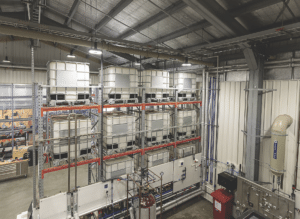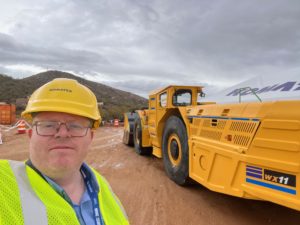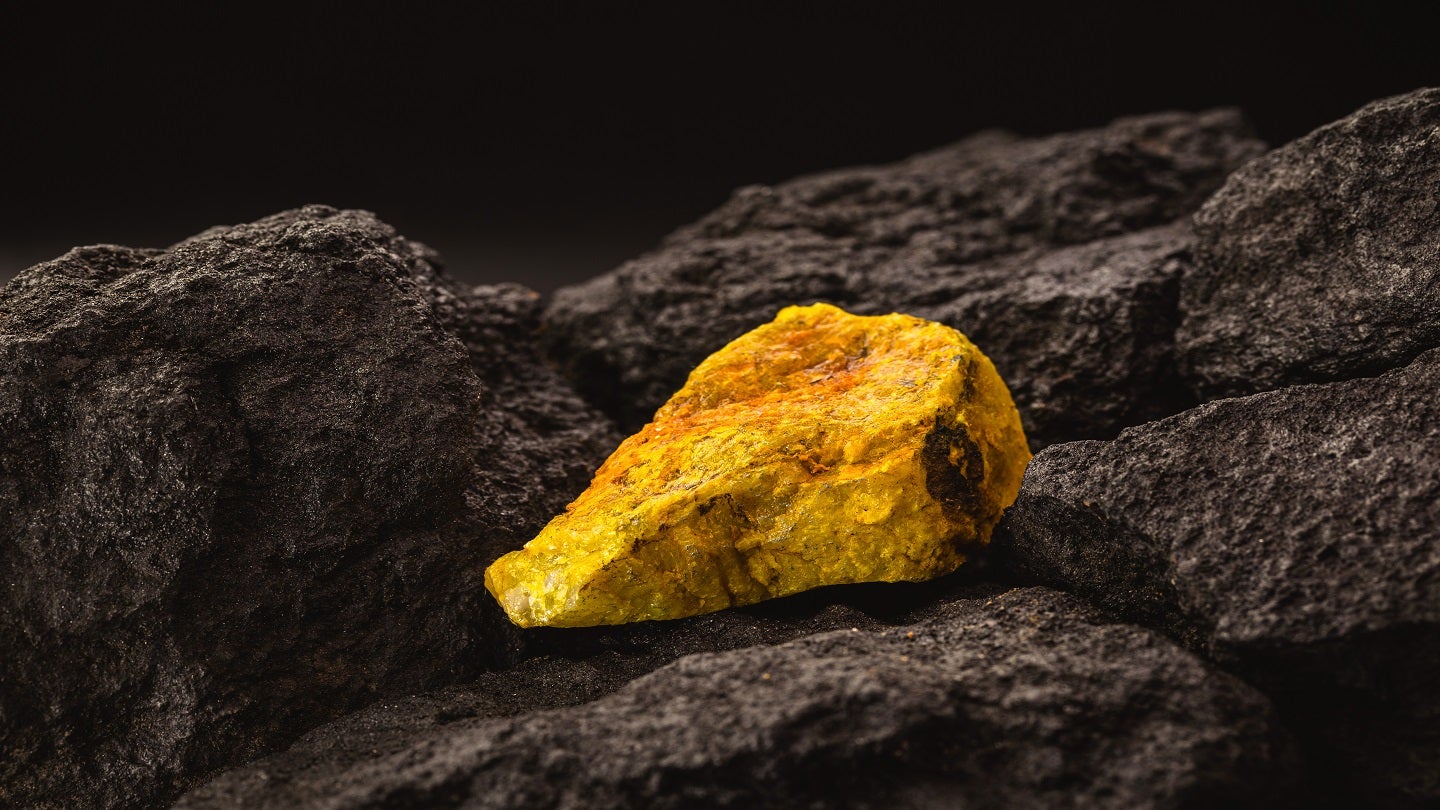Scaling up critical minerals processing is essential if the world is to meet its net-zero goals. But there’s one key step that can’t be overlooked.
Critical minerals are more than just an industry buzz word.
If the world is going to rise to the challenge of meeting net-zero targets and step into a more sustainable future, it’s going to take a mammoth effort from the mining industry to get there.
Demand for critical minerals and rare earth elements (REEs) is set to skyrocket, but with mines currently taking on average 12–17 years to come into production, the industry is going to have to get creative to meet demand.
Extracting critical minerals and REEs is a complex business. The processes are highly technical, and what was once a 100-tonne-per-year global industry is looking at a future measured in the tens of millions. Scaling these processes is even more complex.
According to Stantec energy and resources growth leader Stephen Beamond, a considered approach to scaling up critical minerals processing is an essential step in the supply chain.
“We haven’t previously mined critical minerals at this scale, so we need to develop new processes,” Beamond told Australian Mining. “These must be effective, economically viable, and environmentally sustainable.
“We’ve all seen mines lose time and money when things haven’t gone to plan. But in the fight against climate change, we have no time to waste.”
Demonstration plants are one way Australian miners can get ahead of the game, by testing the processing of critical minerals before investing in commercial scale production.

Image: Stantec
By scaling up processing of critical minerals in increments, demonstration plants are able to validate new technologies and the materials used in construction, verifying their viability for commercial scale.
“Going straight from lab scale to a 500 to 1000 times scale-up is too risky,” Beamond said. “There are no guarantees that what works in a lab will work in a commercial-scale processing plant”.
“We’ve seen companies stagnate after skipping the demonstration plant phase. Our rule of thumb is to never increase operations by more than 200 times on the first go-round.”
Beamond said he even recommends scaling up unit operations in increments of no more than 50 times.
“If something doesn’t go to plan in a demonstration plant, there are ways to make changes,” he said. “If everything runs smoothly, proponents can keep refining their processes or confidently take their operations up a notch.”
Stantec recently designed a high-purity alumina (HPA) demonstration plant in Brisbane for battery minerals producer Lava Blue.
Working closely with the team at Lava Blue and Queensland University of Technology, Stantec was able to help the company process 20kg batches of HPA.
Stantec project manager Damian Pianta said plants like this give HPA producers a chance to develop their processes and products in a controlled environment.
“We’re working with clients to design demonstration plants that help them scale their critical minerals processing without the risk,” Pianta said. “We can use this HPA plant as a template for the development of large-scale HPA plants around the world.”
It’s this kind of solution Pianta said will deliver long-term value to Australian miners.
Not only are the plants designed to test a specific process at scale, but plants also have the space to refine the process based on real-world performance and market demands.
“This flexibility allows a mineral processing demonstration plant to operate for many years,” he said. “We’ve seen some of them still running after a decade.”
If there’s one thing governments and industry can agree on across the board, it’s that critical minerals will be the driving force of a greener future.
The International Energy Agency estimates demand for critical minerals will quadruple in the next five years as the transition to green energy speeds up.
That’s why Beamond emphasised now is the time to act to ensure processes are scaling efficiently to meet that demand.
“Demonstration plants bridge the gap between the lab and practical viability,” Beamond said. “They play a key role in evolving and advancing critical minerals processing.
“They will help us efficiently, economically and sustainably extract the critical materials and REEs to power our future.”
This feature appeared in the August 2024 issue of Australian Mining.




